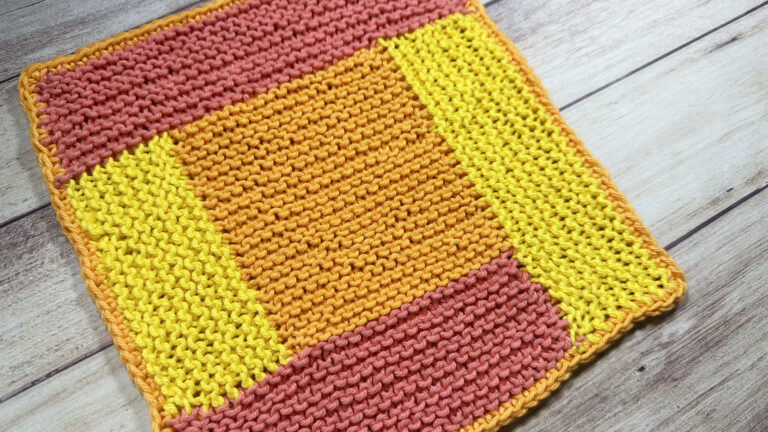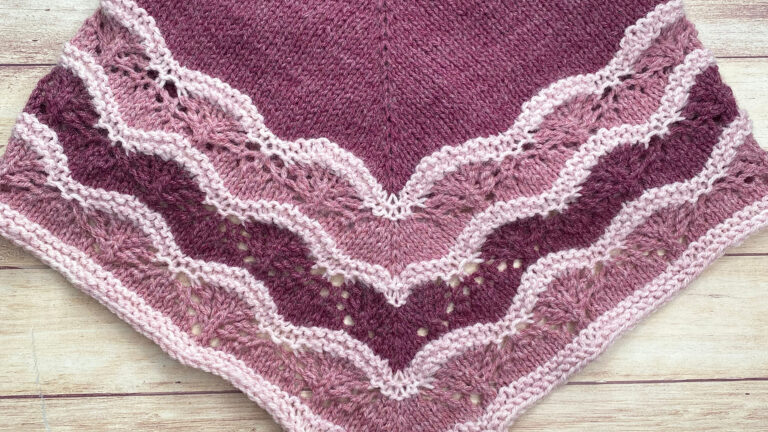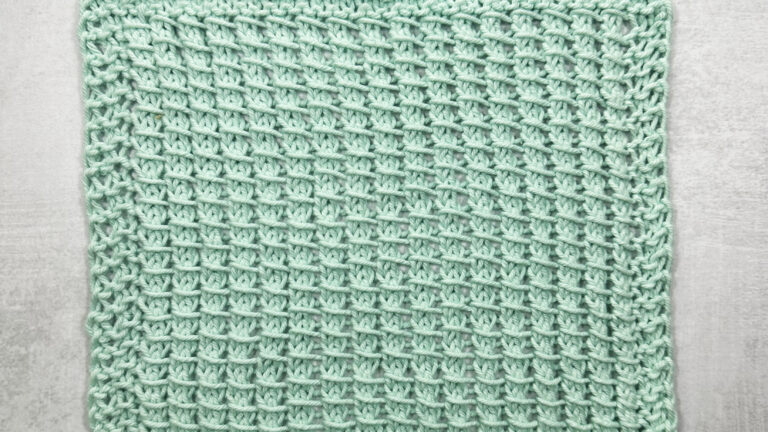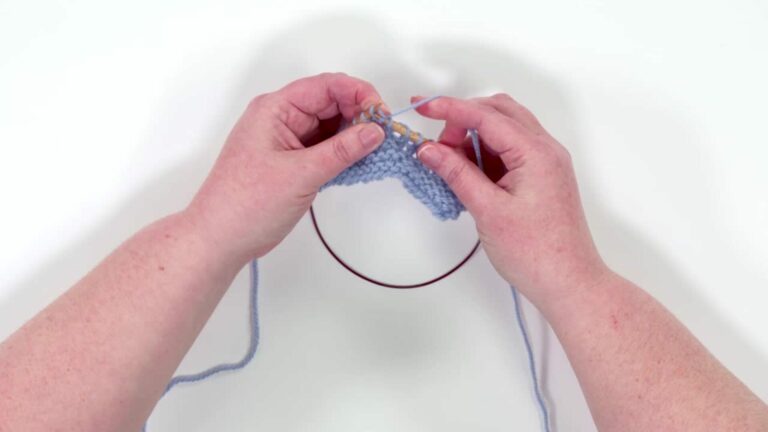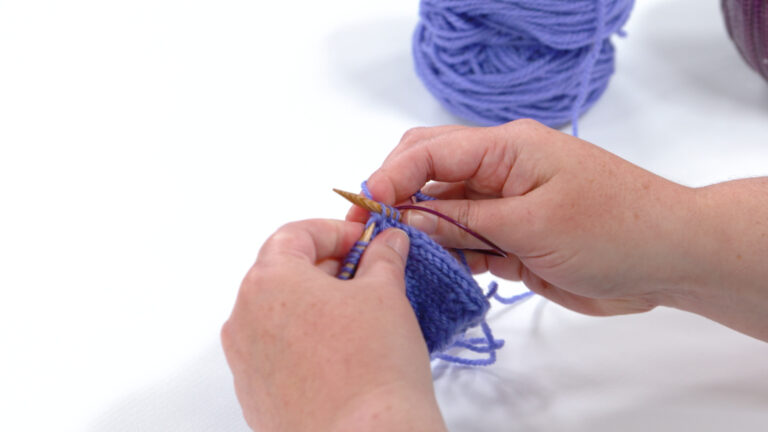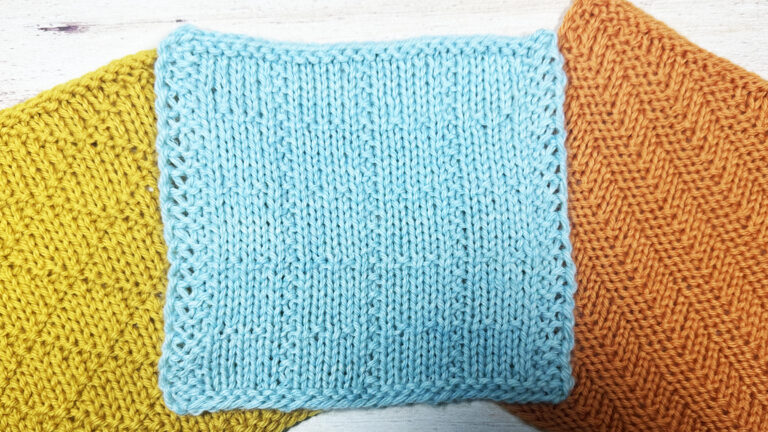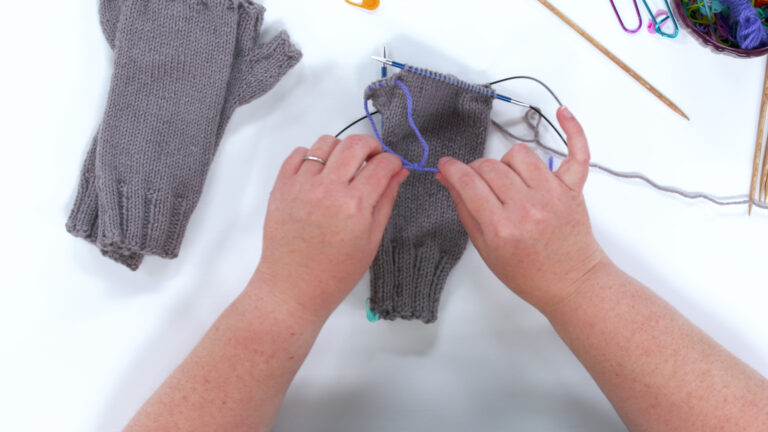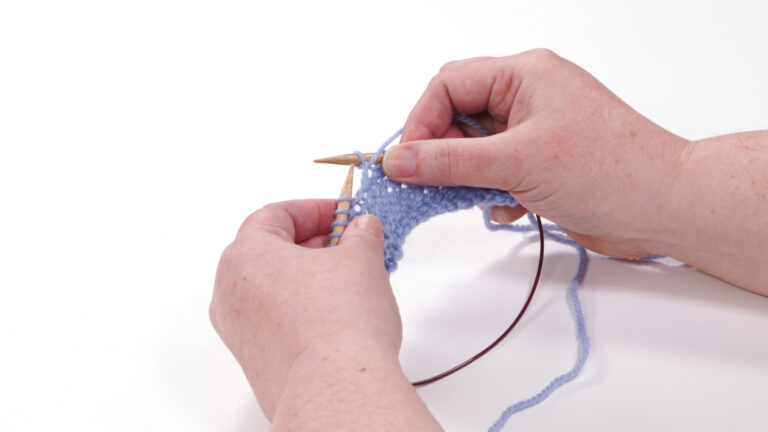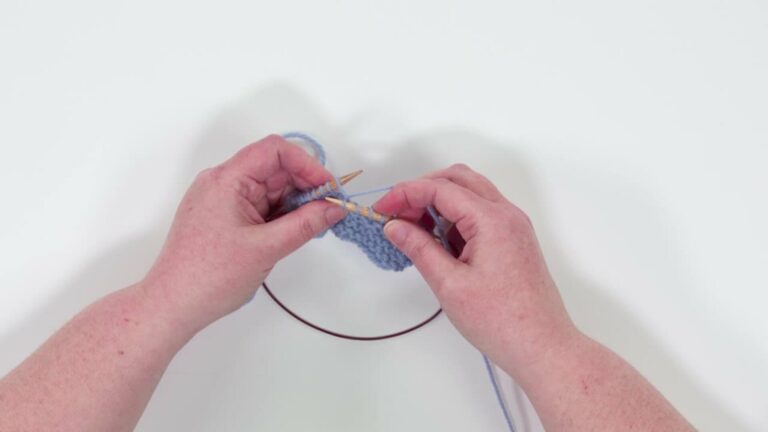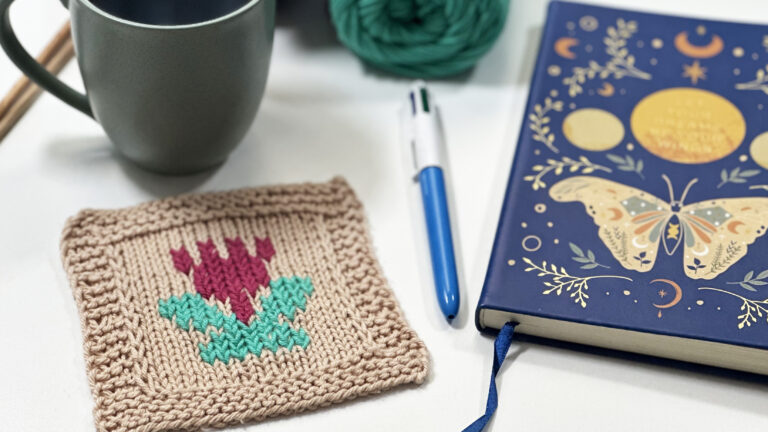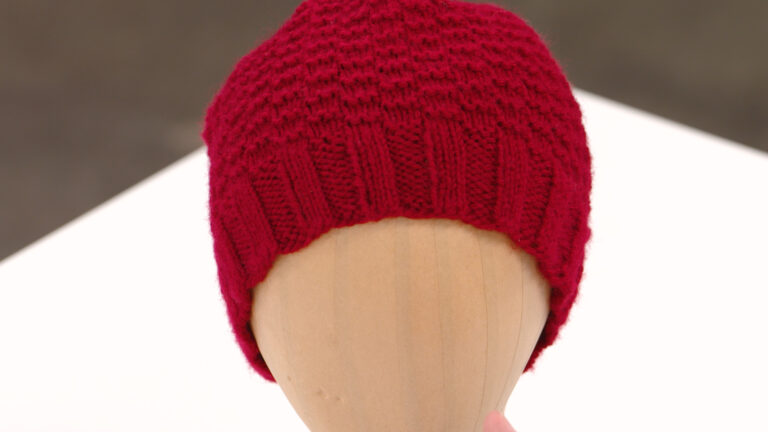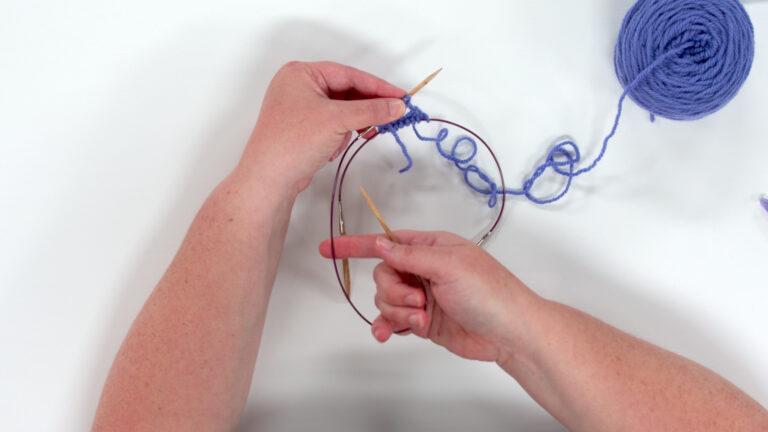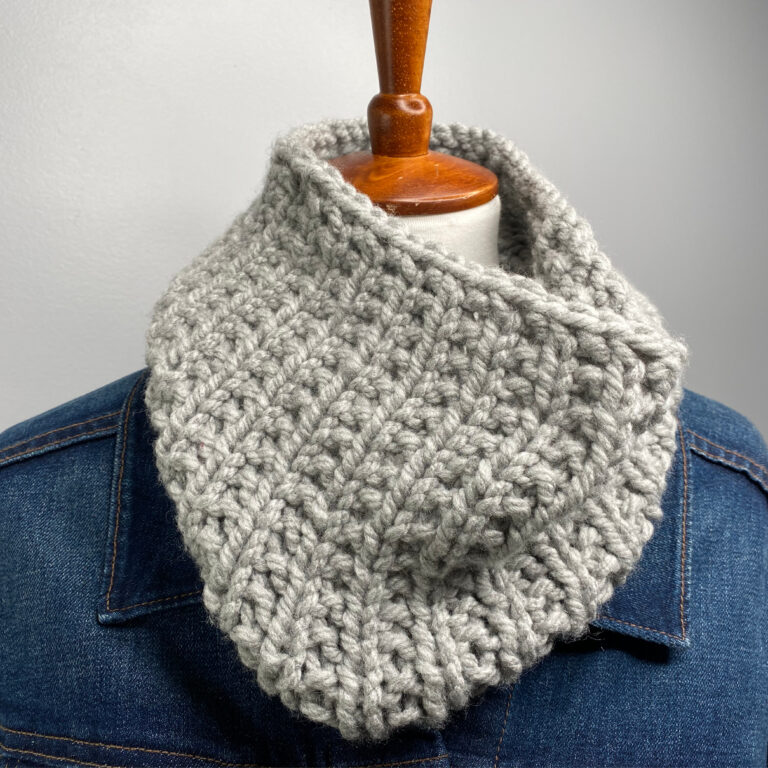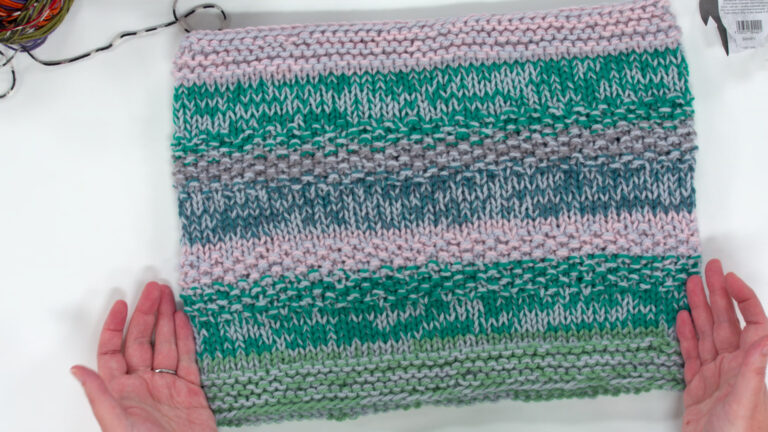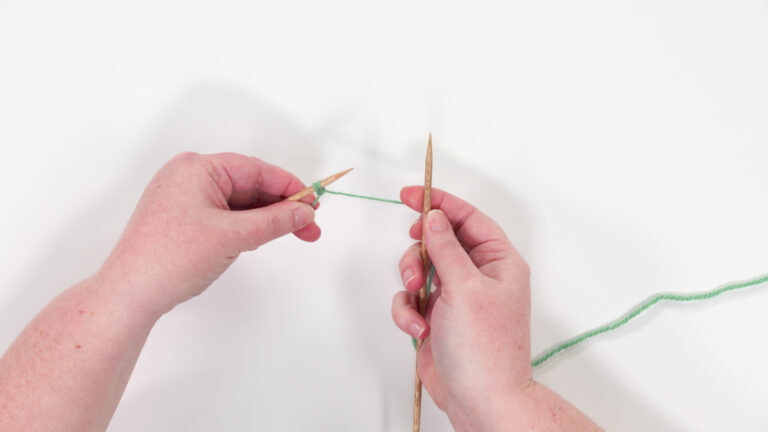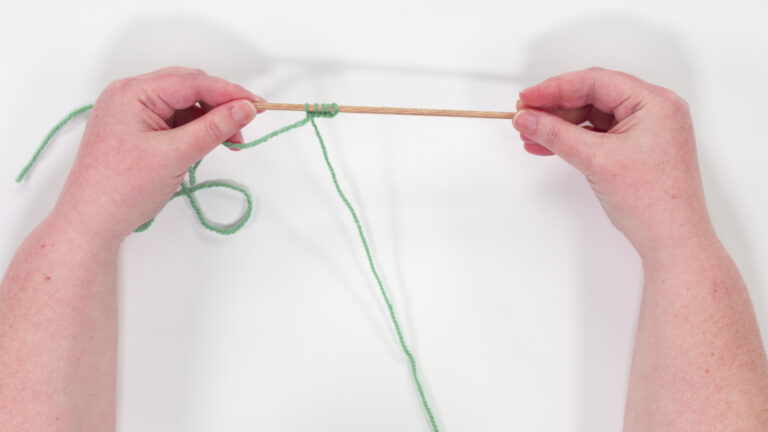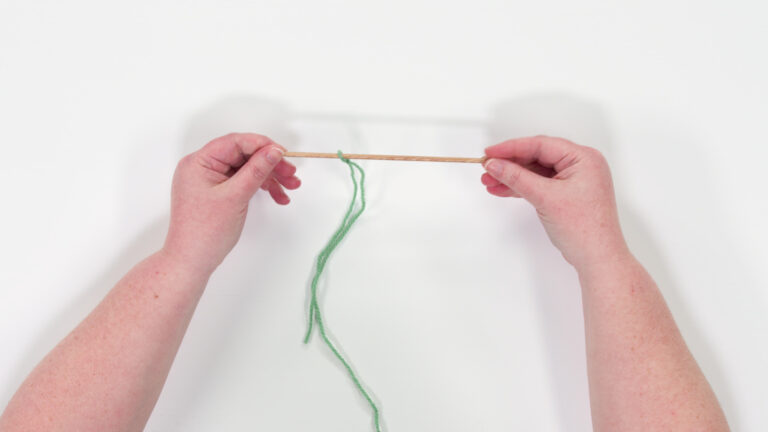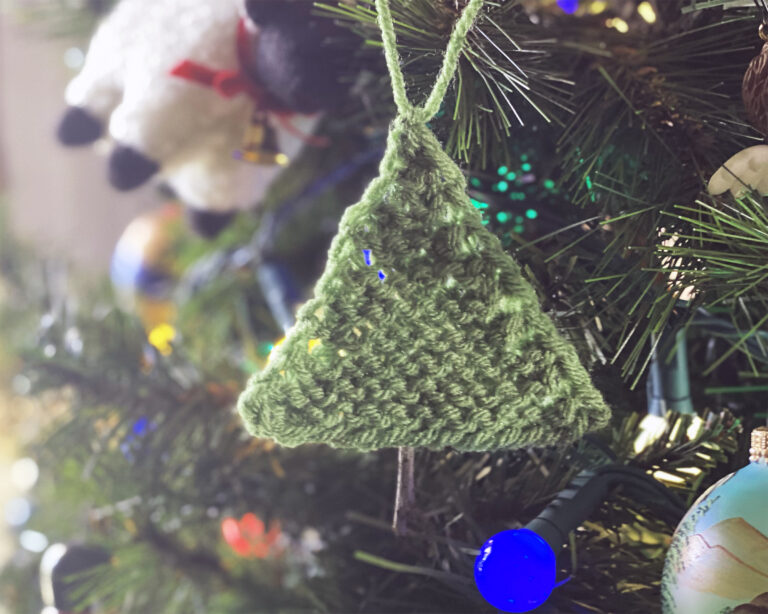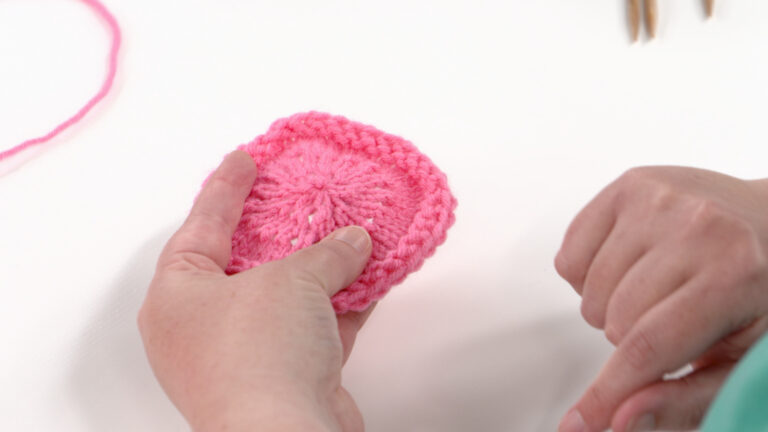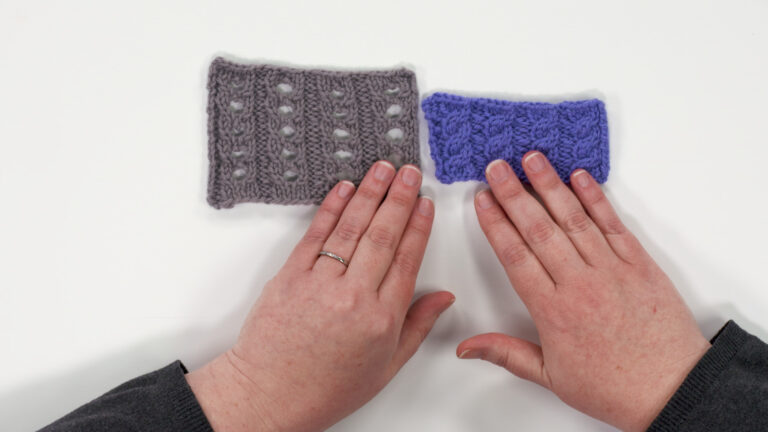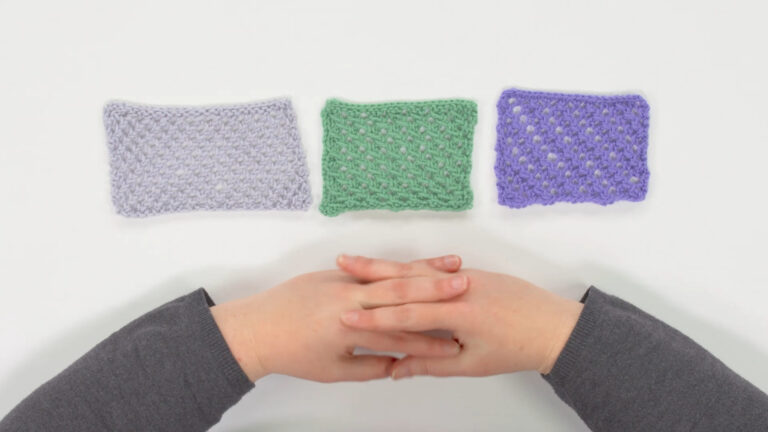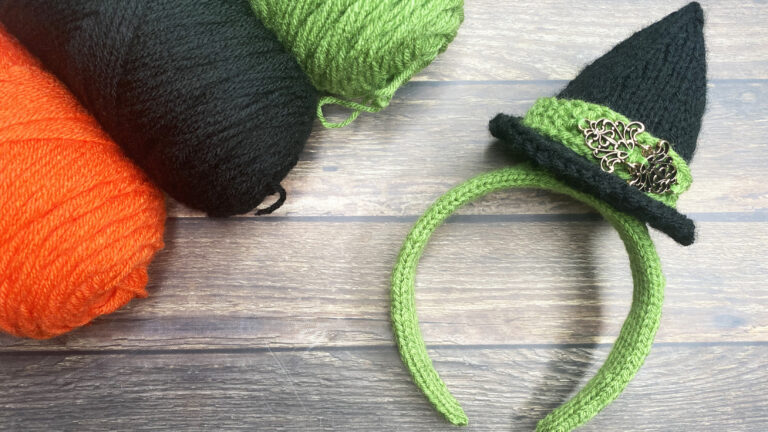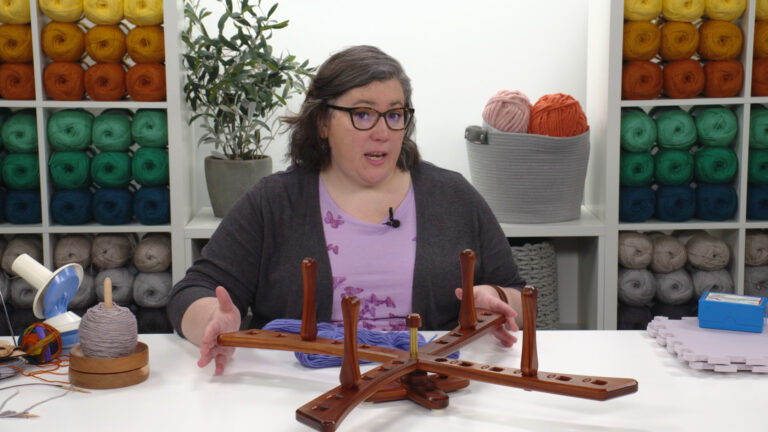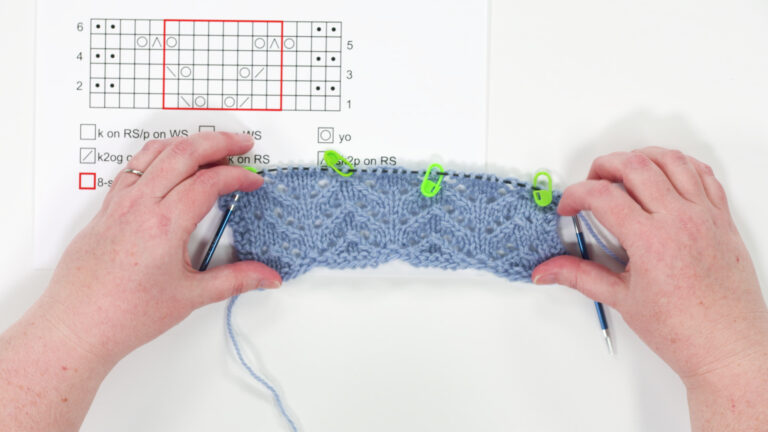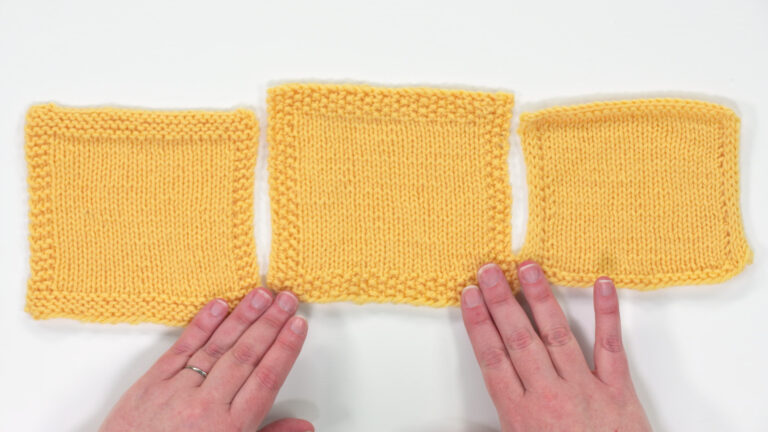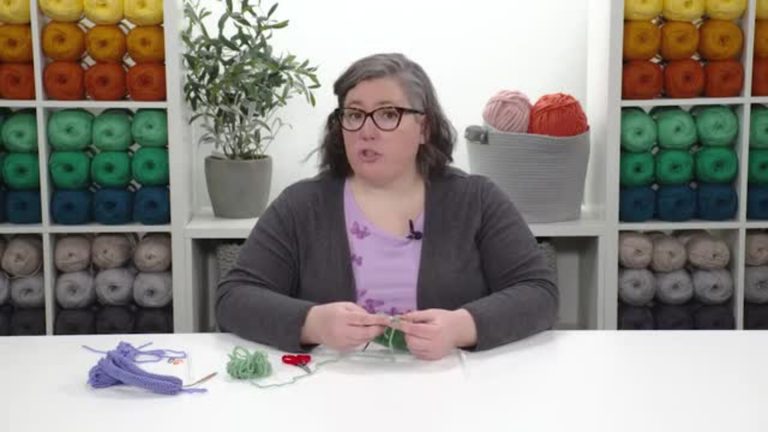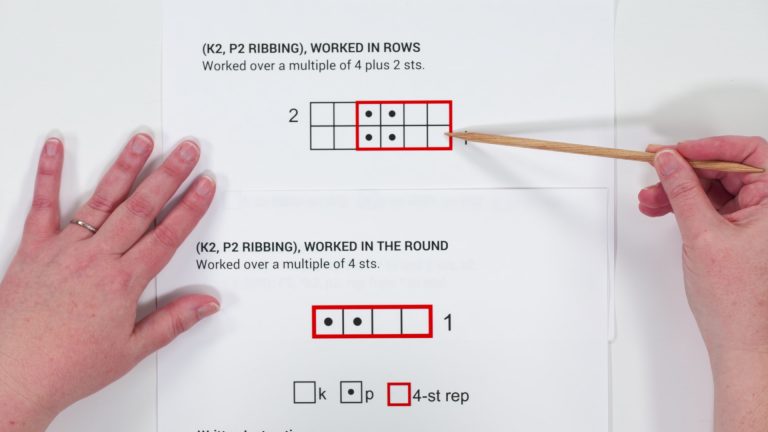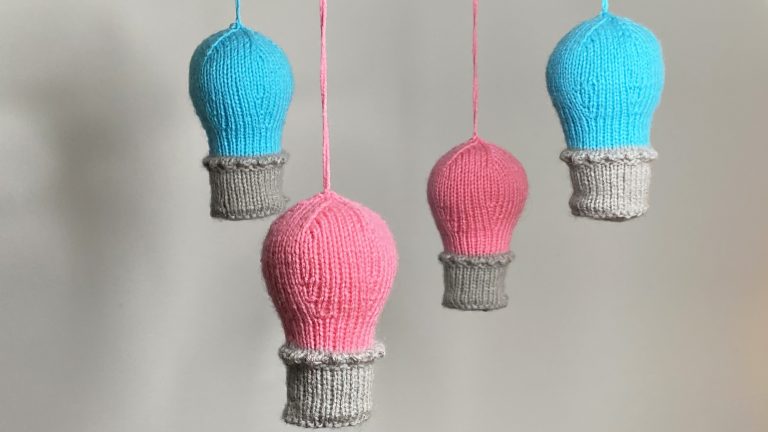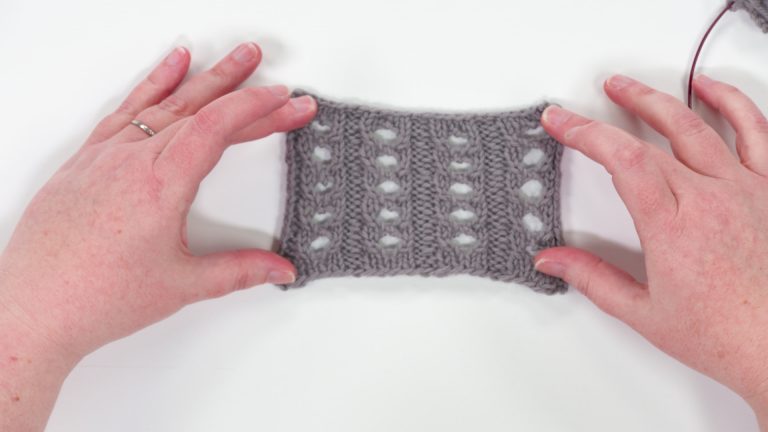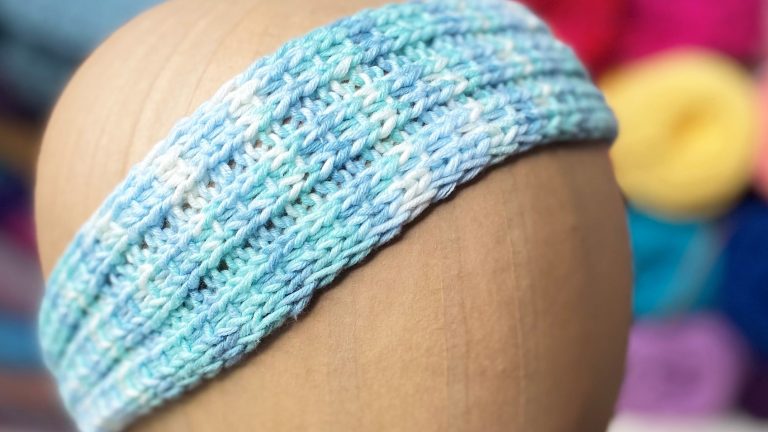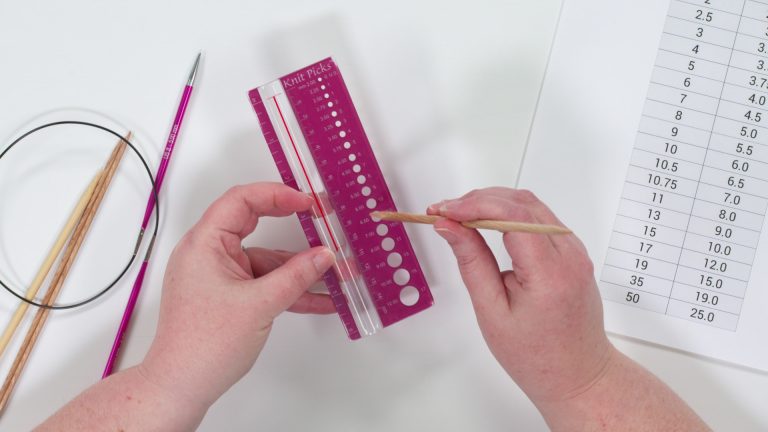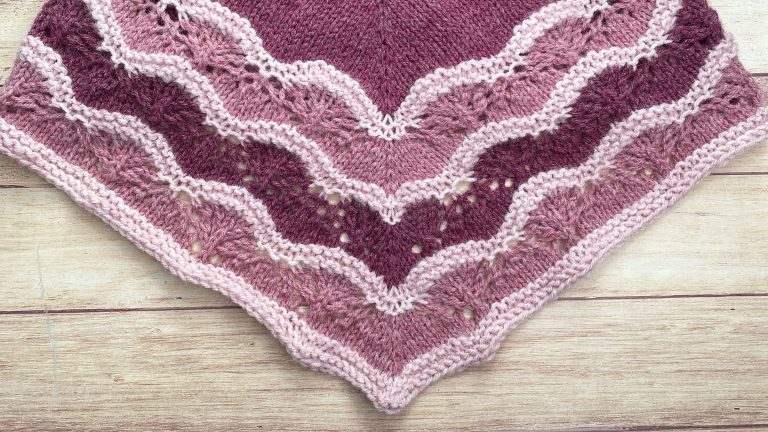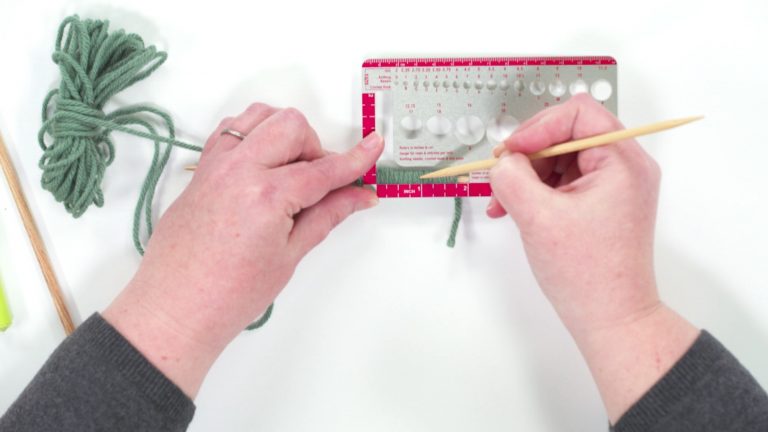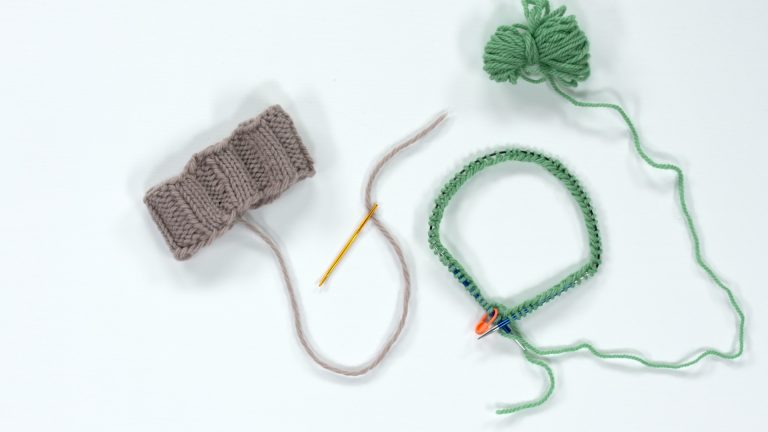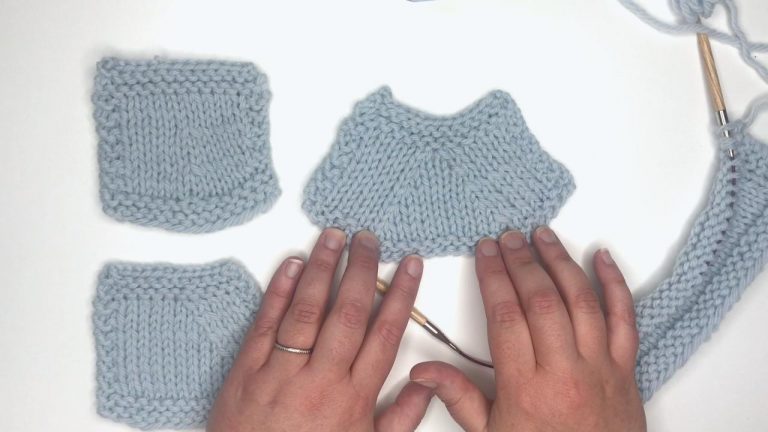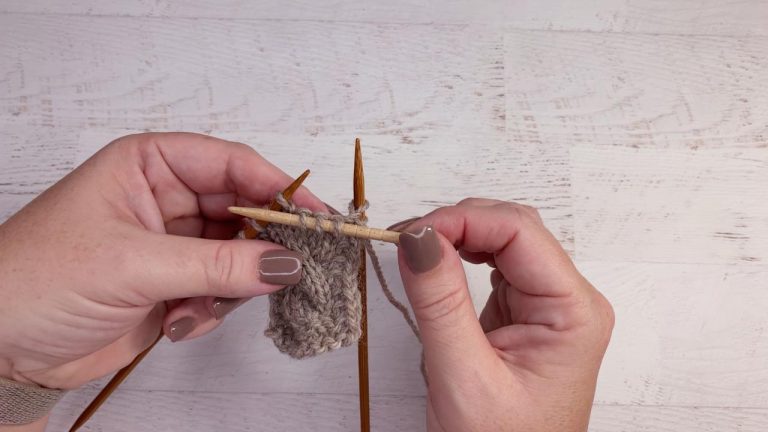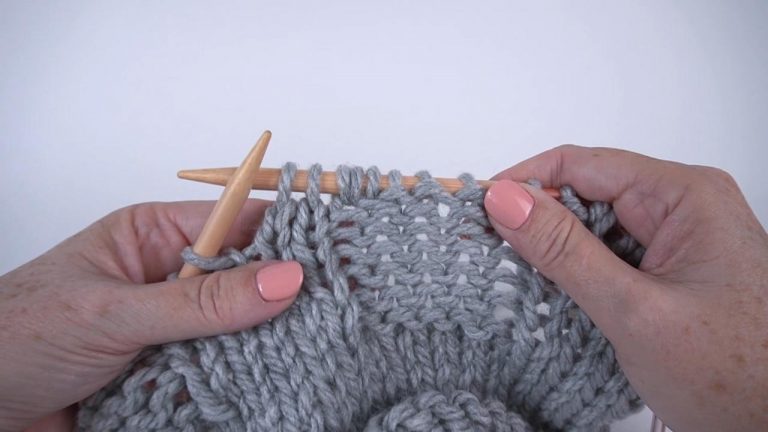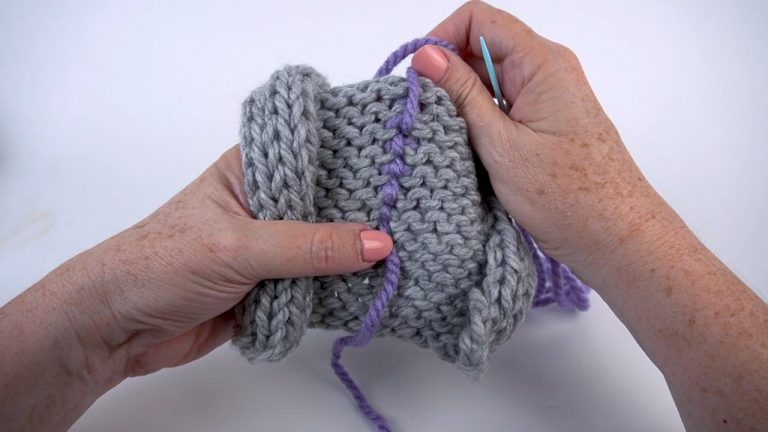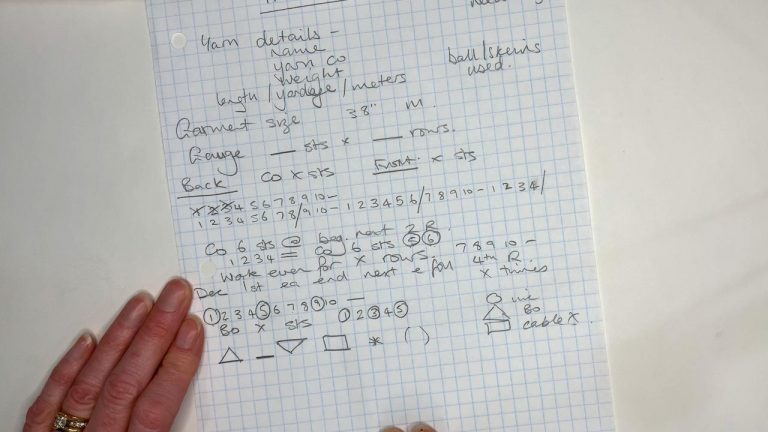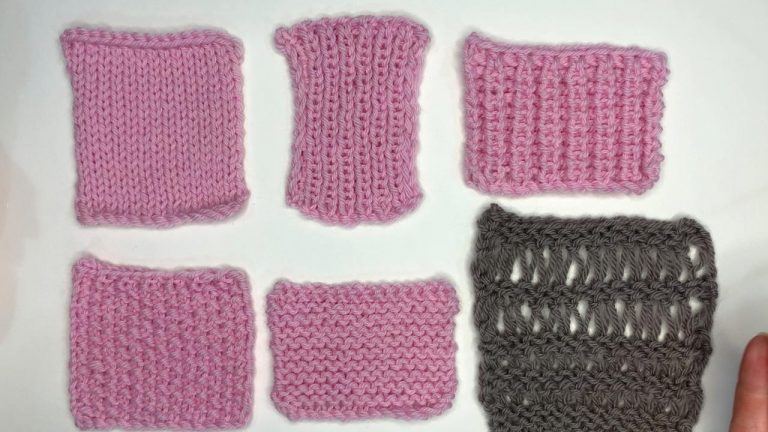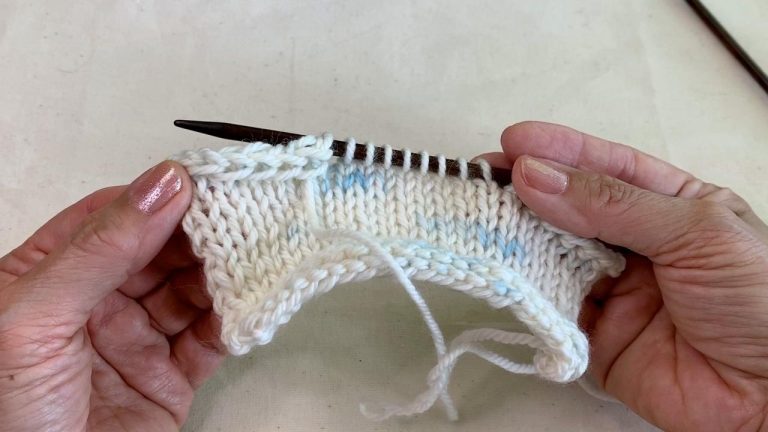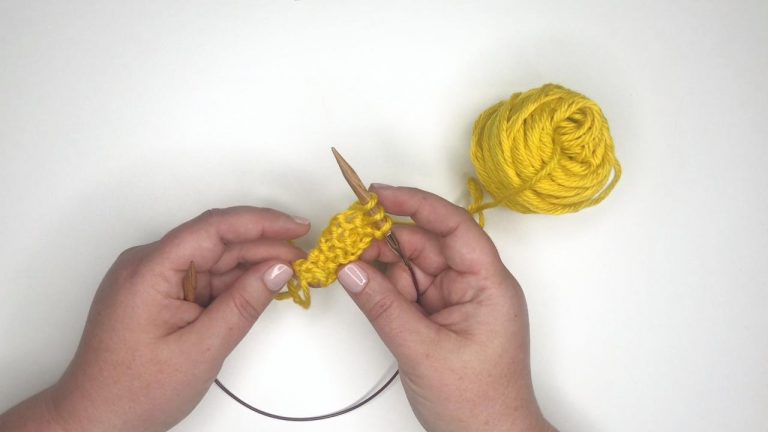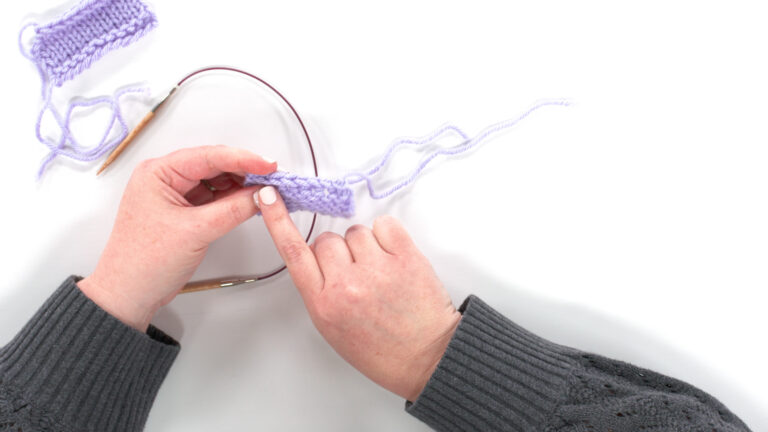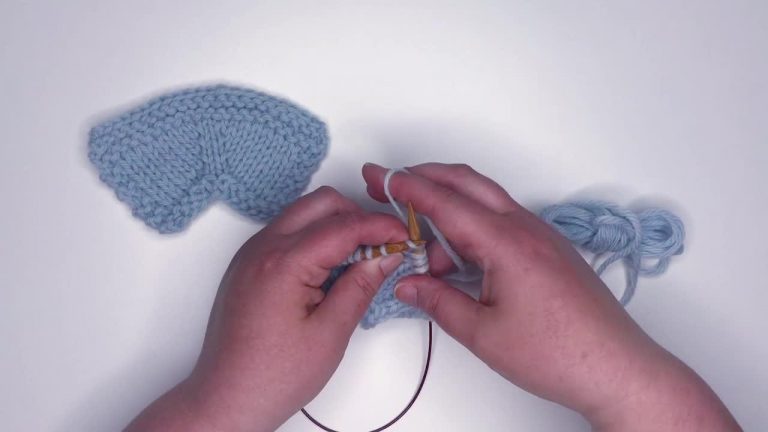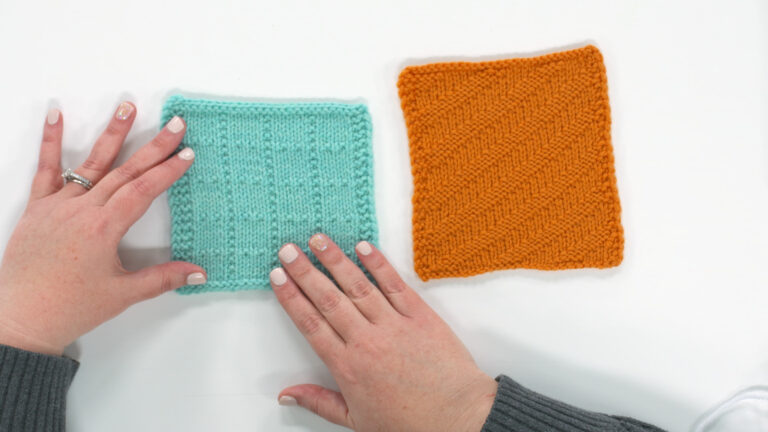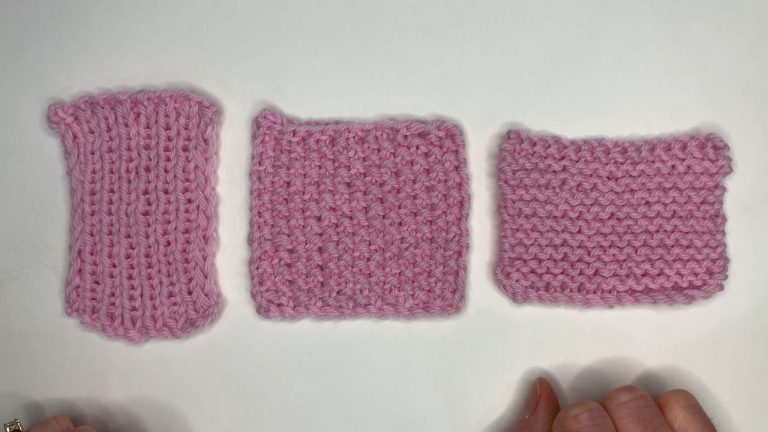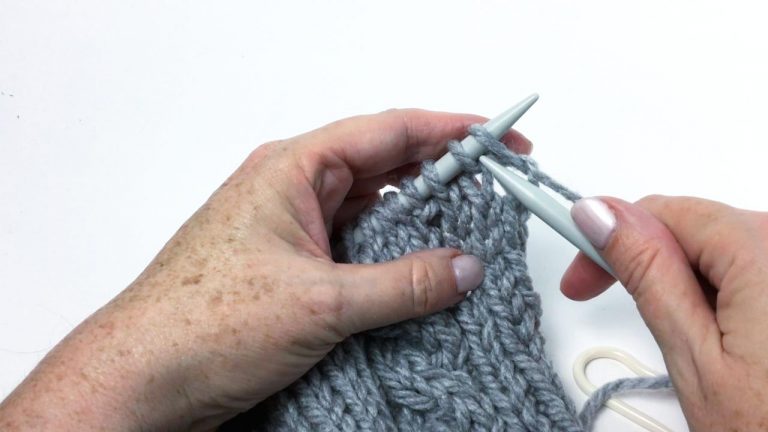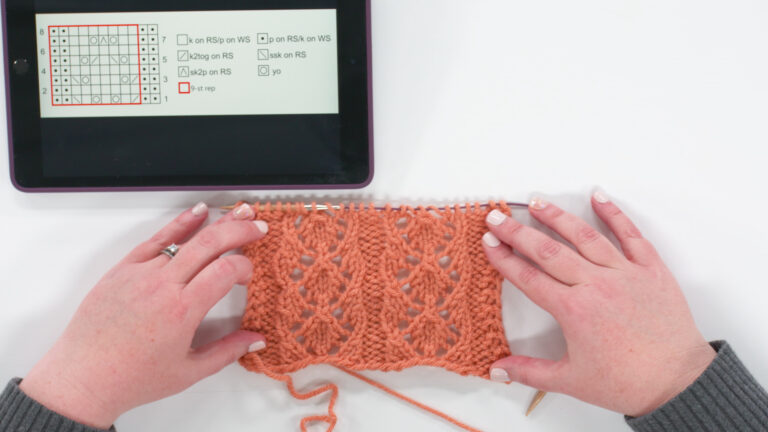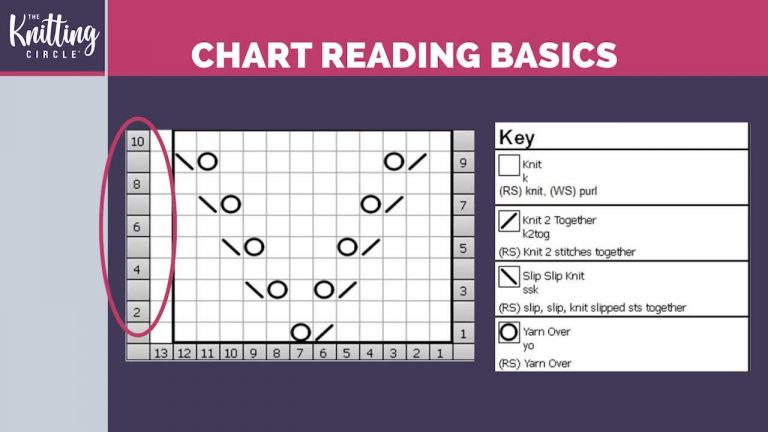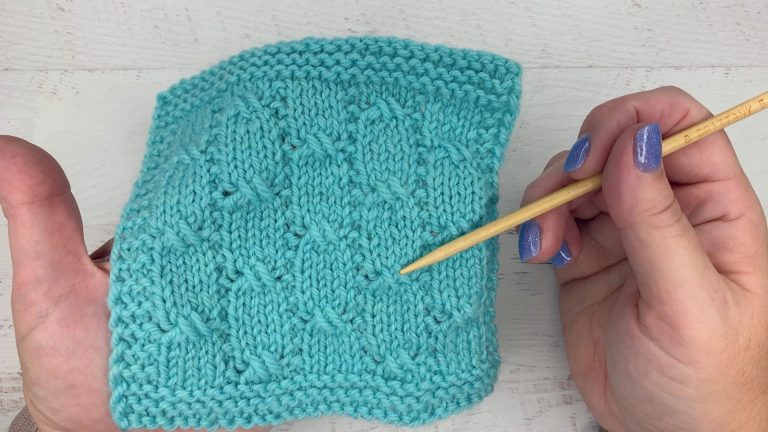
Working Double Decreases with Knit Stitches
Jen LucasIn this video, let’s explore how to work various double decreases using knit stitches. These types of decreases are typically used for shaping projects and are also commonly used in lace knitting. Jen Lucas will walk you through four of the most common double decreases found in knitting patterns.
SLIP, SLIP, SLIP, KNIT (SSSK)
This particular double decrease is one that leans to the left. You’ll often see it paired with the knit three together (k3tog) decrease, since the k3tog leans to the right. To work the sssk decrease (slip 1 as if to knit) 3 times; insert left needle into the front of all 3 stitches at the same time and knit them together through the back loops.
KNIT THREE STITCHES TOGETHER (K3TOG)
The k3tog decrease leans to the right. It is one of the easiest double decreases to work because you are just knitting three stitches together. You’ll often see this decrease paired with the sssk decrease, as they create opposite-leaning decreases, which can have a lovely decorative effect in your knitting project.
SLIP ONE, KNIT TWO TOGETHER, PASS THE SLIPPED STITCH OVER (SK2P)
While this decrease does lean to the left because of passing the slipped stitch over, you’ll often seen it used as decrease in the center of a lace motif, to bring together the top of a leaf or diamond pattern. You’ll often see this decrease abbreviated as sk2p or sl1, k2tog, psso.
To perform this decrease, follow these steps:
– Slip one stitch purlwise from the left needle to the right needle.
– Knit the next two stitches together.
– Pass the slipped stitch over the k2tog.
CENTRAL DOUBLE DECREASE (CDD)
The central double decrease is a beautiful decrease that centers the decreased stitches in such a way that they all fall on top of each other. You will often see this decrease abbreviated as cdd or s2kp.
To perform the central double decrease, follow these steps:
– Insert the right needle knitwise into the next two stitches, as if you are going to knit two stitches together, and slip them to the right needle.
– Knit the next stitch on the left needle.
– Insert the left needle from left to right into the two slipped stitches and pass them over the knit stitch.
All of these decreases take three stitches and reduce them to one single stitch. They can be used in all sorts of applications from stitch patterns to shaping a garment. Try them all to discover which one is your favorite!
Explore videos by Jen Lucas
You may be interested in
Premium Membership
Unlock exclusive member content from our industry experts.
- 24/7 Access to Premium Knitting Videos, Projects, and Tips
- Step-by-Step Instructional Demos, Patterns, and Tutorials
- 50% Off Video Downloads Purchased in The Knitting Cirlce Shop
- Access to Ask the Expert Program
Unlock exclusive member content from our industry experts.
- 24/7 Access to Premium Knitting Videos, Projects, and Tips
- Step-by-Step Instructional Demos, Patterns, and Tutorials
- 50% Off Video Downloads Purchased in The Knitting Cirlce Shop
- 2 Full-Length Video Downloads to Watch Offline
- Access to Ask the Expert Program
Gold Membership
$379 Value
Get everything included in Premium plus exclusive Gold Membership benefits.
- 24/7 Access to Premium Knitting Videos, Projects, and Tips
- Step-by-Step Instructional Demos, Patterns, and Tutorials
- 3 Full-Length Video Downloads to Watch Offline
- 5 Full-Length Knitting Classes to Keep for Life
- 10 Printable Knitting Patterns
- Discounts on Purchase-to-Own Content in The Knitting Circle Shop
- Access to Ask the Expert Program
- Exclusive GOLD LIVE Streaming Events
Purchase Video
Purchase video and add to your personal library with on-demand video access.
- Enjoy on-demand video access to this content anytime, anywhere for the one-time cost below.
- You won’t lose access, with or without an active current Membership
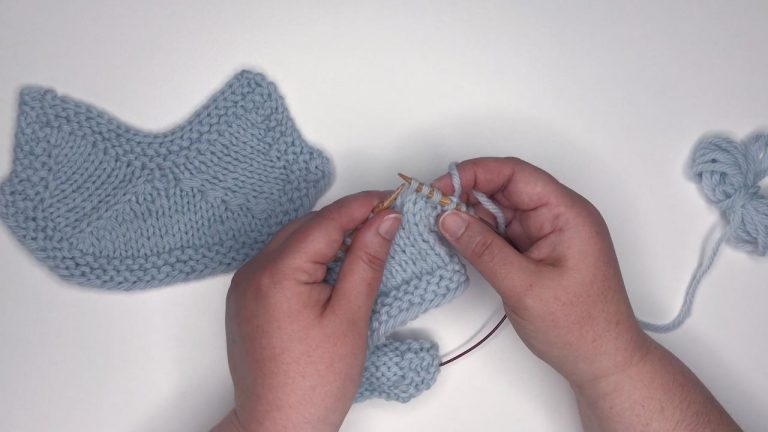
Working Double Decreases with Knit Stitches
with Jen Lucas